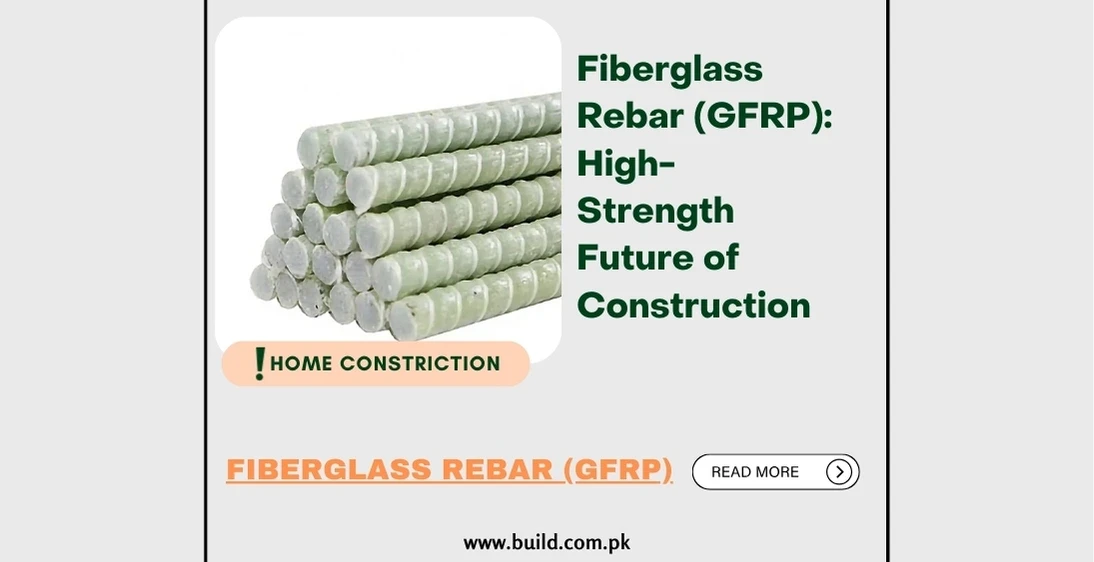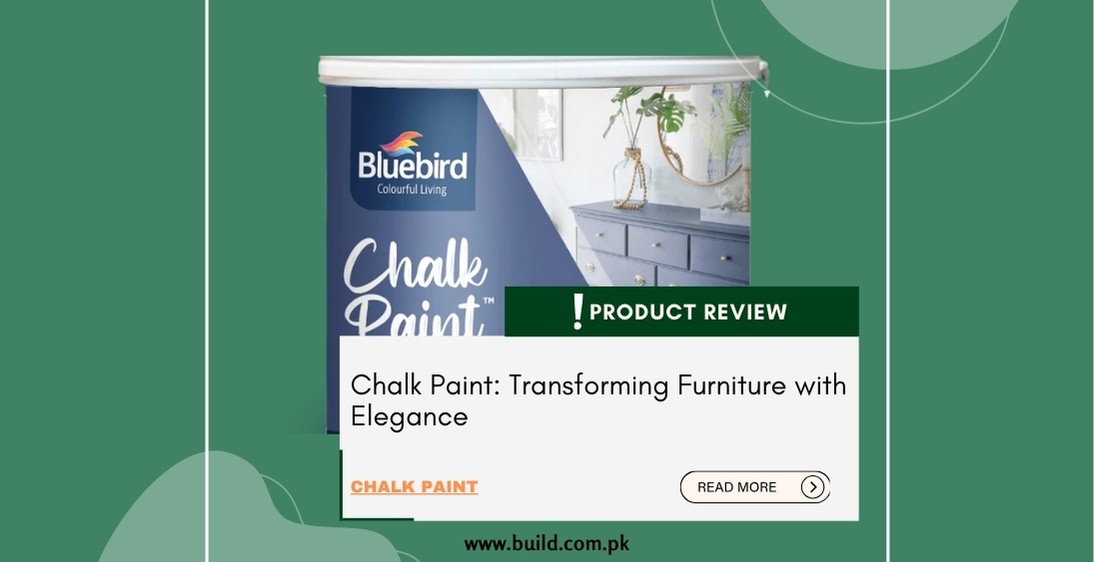Differences Between Porcelain and Ceramic Tiles

Introduction:
When it comes to choosing tiles for your home or commercial space, porcelain and ceramic tiles are two of the most popular options. Both materials offer durability, versatility, and aesthetic appeal, but they have distinct differences that can affect their suitability for various applications. In this comprehensive guide, we will explore the key differences between porcelain and ceramic tiles, including their composition, manufacturing process, properties, and ideal uses.
Composition and Manufacturing Process
Porcelain Tiles:
Porcelain tiles are made from a finer, denser clay that is fired at higher temperatures compared to ceramic tiles. This results in a tile that is harder and less porous.
The primary raw materials used in porcelain tile production include kaolin clay, feldspar, and silica. These materials are finely ground and mixed with water to form a paste, which is then molded into tiles. The tiles are fired at temperatures ranging from 1,200 to 1,400 degrees Celsius (2,192 to 2,552 degrees Fahrenheit). The high firing temperature causes the clay particles to vitrify, creating a dense and durable tile with low water absorption. Porcelain tiles can be glazed or unglazed, and the color and pattern often run throughout the tile, making chips and scratches less noticeable.
Ceramic Tiles:
Ceramic tiles are made from a mixture of clay, minerals, and water. They are fired at lower temperatures than porcelain tiles, resulting in a tile that is more porous and softer.
Ceramic tiles typically consist of red or white clay, mixed with sand and other natural materials. The mixture is molded into tiles and fired at temperatures between 1,000 to 1,200 degrees Celsius (1,832 to 2,192 degrees Fahrenheit). This lower firing temperature produces a less dense and more porous tile compared to porcelain.
Properties and Performance
Durability and Hardness:
- Porcelain Tiles: Porcelain tiles are known for their exceptional durability and hardness. They are highly resistant to wear and tear, making them suitable for high-traffic areas in both residential and commercial settings. The dense composition and high firing temperature contribute to their robustness, allowing them to withstand heavy loads and frequent use without significant damage.
- Ceramic Tiles: Ceramic tiles are durable but not as hard or resistant to wear as porcelain tiles. They are more prone to chipping and cracking under heavy impact. However, they are still suitable for many residential applications, especially in areas with moderate foot traffic. The glaze on ceramic tiles provides a degree of protection, but it can wear down over time, especially in high-traffic areas.
Water Absorption and Stain Resistance:
- Porcelain Tiles: Due to their dense composition and low porosity, porcelain tiles have a very low water absorption rate (less than 0.5%). This makes them highly resistant to staining and moisture penetration, making them ideal for wet areas such as bathrooms, kitchens, and outdoor spaces. The low porosity also makes porcelain tiles resistant to frost and temperature fluctuations, making them suitable for both indoor and outdoor use.
- Ceramic Tiles: Ceramic tiles have a higher water absorption rate compared to porcelain tiles, typically between 3% and 7%. This makes them more susceptible to staining and moisture damage, especially in unglazed varieties. However, the glaze on ceramic tiles provides a protective barrier that can enhance their stain resistance. Ceramic tiles are generally recommended for indoor use, particularly in areas that are not exposed to excessive moisture.
Design and Aesthetic Options:
- Porcelain Tiles: Porcelain tiles offer a wide range of design options, including various colors, patterns, and textures. They can mimic the appearance of natural stone, wood, and other materials with high precision. The color and pattern often run through the entire tile, making them more durable and less prone to visible wear over time. Porcelain tiles can be glazed, polished, or matte, providing numerous aesthetic possibilities for different design styles.
- Ceramic Tiles: Ceramic tiles also come in a vast array of colors, patterns, and finishes. The glaze applied to ceramic tiles allows for intricate designs and vibrant colors. However, the pattern is usually limited to the surface layer, and wear can reveal the underlying clay. Ceramic tiles are available in glossy, matte, and textured finishes, offering versatility in design. They are often used for decorative applications such as backsplashes, feature walls, and accent pieces.
Ideal Uses and Applications
Porcelain Tiles:
- Indoor Applications: Porcelain tiles are ideal for high-traffic areas such as hallways, kitchens, bathrooms, and commercial spaces. Their durability and low water absorption make them suitable for floors, walls, countertops, and shower enclosures.
- Outdoor Applicatios: Porcelain tiles are highly resistant to weather conditions, making them perfect for outdoor use in patios, walkways, and pool surrounds. Their frost resistance ensures they perform well in varying climates.
- Specialty Applications: Porcelain tiles are often used in areas that require extra durability, such as industrial kitchens, laboratories, and hospitals. Their resistance to chemicals and heavy loads makes them suitable for these demanding environments.
Ceramic Tiles
- Indoor Applications: Ceramic tiles are commonly used in residential settings for flooring, walls, backsplashes, and decorative accents. They are well-suited for living rooms, bedrooms, and other areas with moderate foot traffic.
- Low-Moisture Areas: Ceramic tiles are ideal for areas not exposed to excessive moisture, such as living rooms, dining rooms, and bedrooms. They are also popular for decorative wall applications in kitchens and bathrooms.
- DIY Projects: Ceramic tiles are often preferred for DIY home improvement projects due to their ease of cutting and installation. They are lightweight and typically less expensive than porcelain tiles, making them accessible for various budgets and skill levels.
Maintenance and Care
- Porcelain Tiles: Porcelain tiles are relatively low-maintenance. Regular sweeping and mopping with a mild detergent are usually sufficient to keep them clean. Their low porosity makes them resistant to stains and easy to clean. However, grout lines between tiles should be sealed to prevent staining and moisture penetration.
- Ceramic Tiles: Ceramic tiles are also easy to maintain, but their higher porosity means they may require more frequent cleaning and sealing, especially in wet areas. The glazed surface can be cleaned with mild soap and water, but abrasive cleaners should be avoided to prevent scratching the glaze. Sealing the grout lines is recommended to enhance stain resistance and durability.
Conclusion:
Understanding the differences between porcelain and ceramic tiles is essential for making informed decisions about your flooring and wall options. Porcelain tiles offer superior durability, low water absorption, and a wide range of design options, making them suitable for high-traffic and wet areas both indoors and outdoors. Ceramic tiles, while less durable and more porous, provide a cost-effective and versatile option for residential applications with moderate foot traffic and low moisture exposure. By considering the specific needs of your space, budget, and design preferences, you can choose the right type of tile to enhance the beauty and functionality of your home or commercial environment









